| Your browser is not supported. | ||
|
Please browse our site using any of the following options:
| ||
Beginner Tips For Mountain Biking
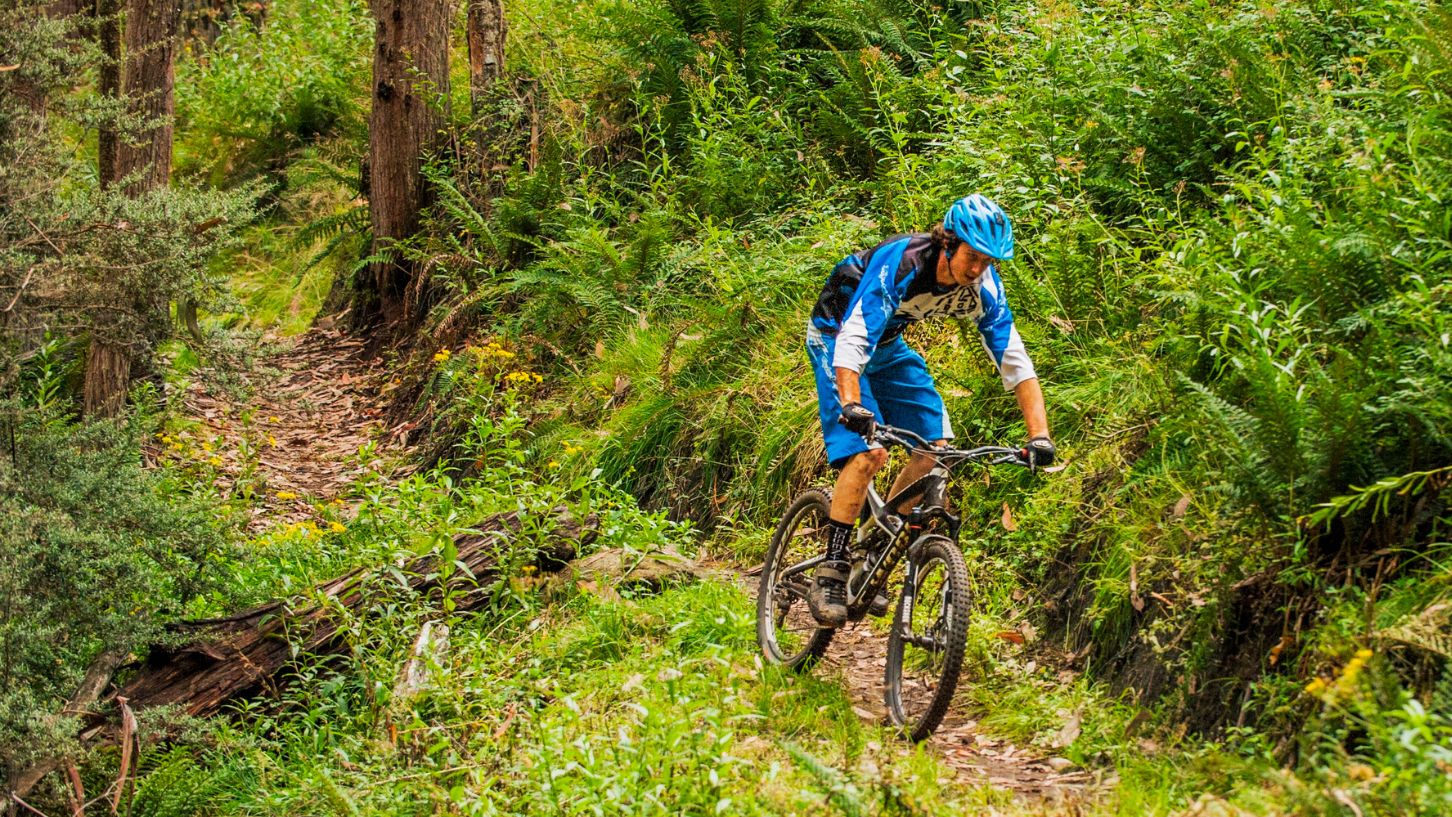
Embarking on the exhilarating journey of mountain biking? Exploring the outdoors on mountain bikes (or MTB bikes) is loads of fun! But, if you're a rookie, it's not just a matter of going hog wild on hilly terrain. The following are some tips to bear in mind when you're starting out, so you get to experience all of the stuff that makes MTB riding serious fun (without the serious injury). Welcome to our beginner's guide, where we're delving into the essential trifecta of mountain biking beginner tips: safety, technique and fitness. As seasoned riders, we'll navigate you through the rugged terrain of tips and tricks, ensuring your ride is not only thrilling but safe and skilfully executed.
Quick Links
What To Wear Mountain Biking As A Beginner?
As a beginner to mountain biking, your cycling clothing is not just about style but paramount to your comfort and safety on the trails. Opt for moisture-wicking shirts made of materials like polyester or merino wool, steering clear of cotton which retains sweat and can cause chafing. Look for shirts with long sleeves for added protection against sun, branches, and bugs. For pants, durable and flexible materials such as nylon or polyester blends are ideal. These fabrics offer breathability and stretch, crucial for unrestricted movement on the bike. Consider padded shorts or liners for extra comfort on longer rides, especially if your trails are rugged. Essential bike accessories include gloves for grip and protection, preferably with padding to absorb shocks. A well-fitted bike helmet is non-negotiable, ensuring your safety in case of falls. Sunglasses with UV protection shield your eyes from glare and debris. Remember, comfort and functionality are key when choosing mountain biking attire. Prioritise moisture-wicking, durable fabrics and protective gear to enhance your riding experience.
Safety
First things first - the importance of having the right bike and safety gear can't be stressed highly enough. As well as investing in a bike, you should include the cost of a good bike helmet that's purpose-designed for MTB, and that meets Australia and Aotearoa New Zealand standard AS/NZS 2063:200-Bicycle helmets. Gloves, body pads, the right shoes and pedals, eye protection and clothing with a reliable UPF rating are also essential safety items for the sport. MTB bike experts recommend - no matter how experienced a rider you are - that you pack plenty of water and food, a puncture repair kit and pump, sunscreen, a multitool and chain lubricant whenever you're going on a ride. Always make sure your mobile phone or GPS device has plenty of charge.

Fitness
How are your fitness levels? Be honest with yourself when you ask this question because you need to be sure you're fit enough to get through the riding you have planned for the day. This doesn't mean you need to have the fitness and endurance levels of an elite cross-country rider but getting off the couch for the first time in a while, jumping straight on a MTB bike and heading for the hills is a recipe for trouble. Inexperience is one thing but fatigue is often a contributing factor to spills without thrills and needing to dose up on lots of pain relief pills after a ride! Even as your fitness and experience levels increase, you should always do a series of stretches to loosen up your lower back, your legs and shoulder areas before you go riding. Warming up your lower back and legs is fairly self-explanatory but newbies to the sport are often surprised at the battering their shoulders cop. Your upper body will be doing a lot of work maintaining control of your bike while you're riding, especially when riding downhill. Your arms and shoulders will absorb a lot of the bumps and shocks in the track through your handlebars. When you're starting out, it's suggested you do some road riding first and monitor your progress to see what kind of distance you can cover before you feel fatigue setting in. The further you can go at a low to medium intensity, the closer you are to being ready to safely attack some mountain bike trails. Riding sealed roads and dirt tracks in hilly areas is a great way to build endurance and fitness to avoid getting stuck in rough terrain without the energy to complete your ride.
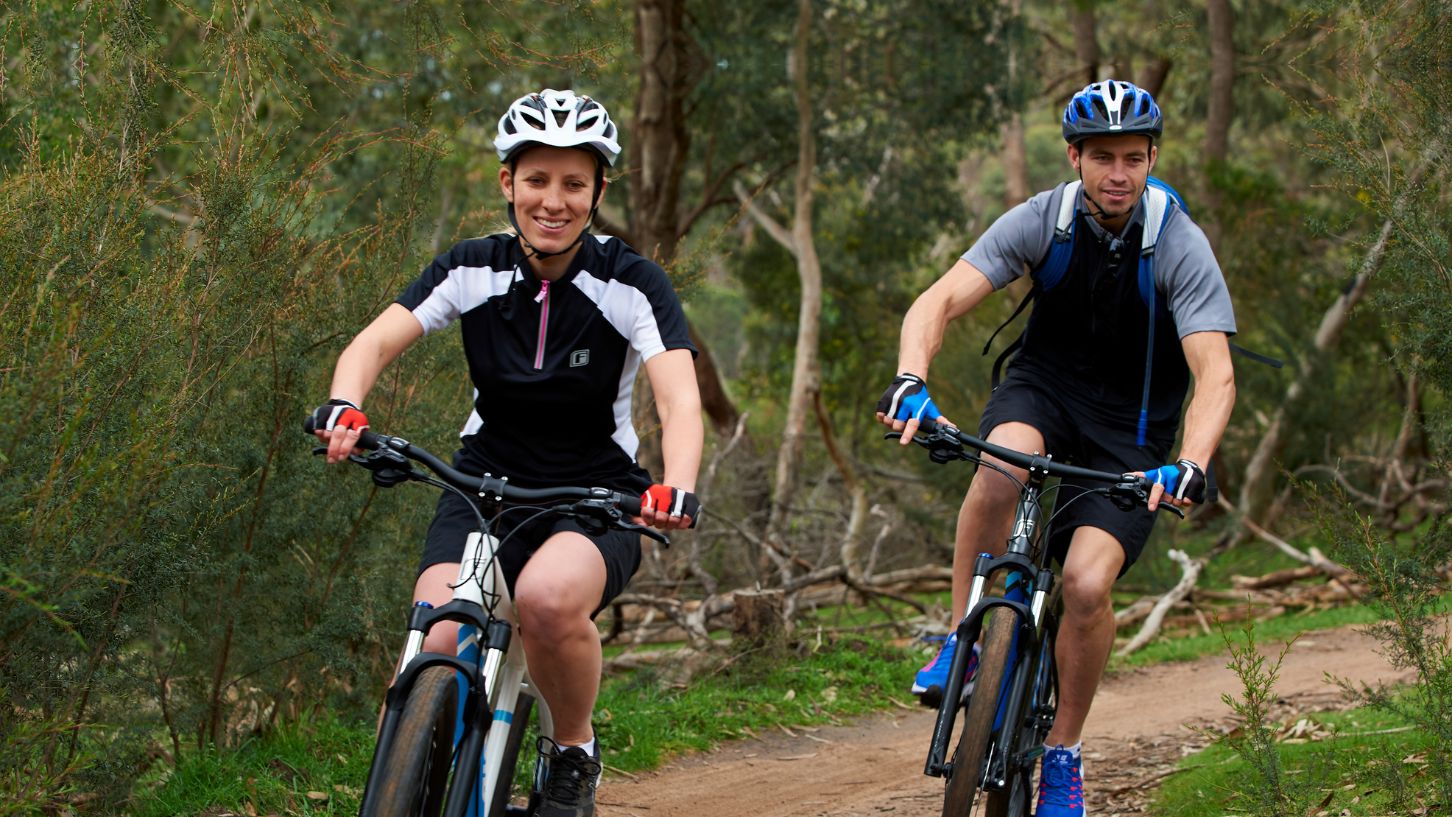
Technique
Technique is the backbone of successful mountain biking. Proper form and skills not only enhance control and efficiency on trails but also prevent injuries. Mastering techniques like body positioning, braking, and cornering ensures a smoother and safer ride, allowing beginners to navigate obstacles and terrain with confidence and ease. Tips on technique could be the most important advice to soak up as a new MTB bike rider. No matter how experienced you are as a so-called 'everyday' cyclist, MTB riding can take a little bit of adjusting to.
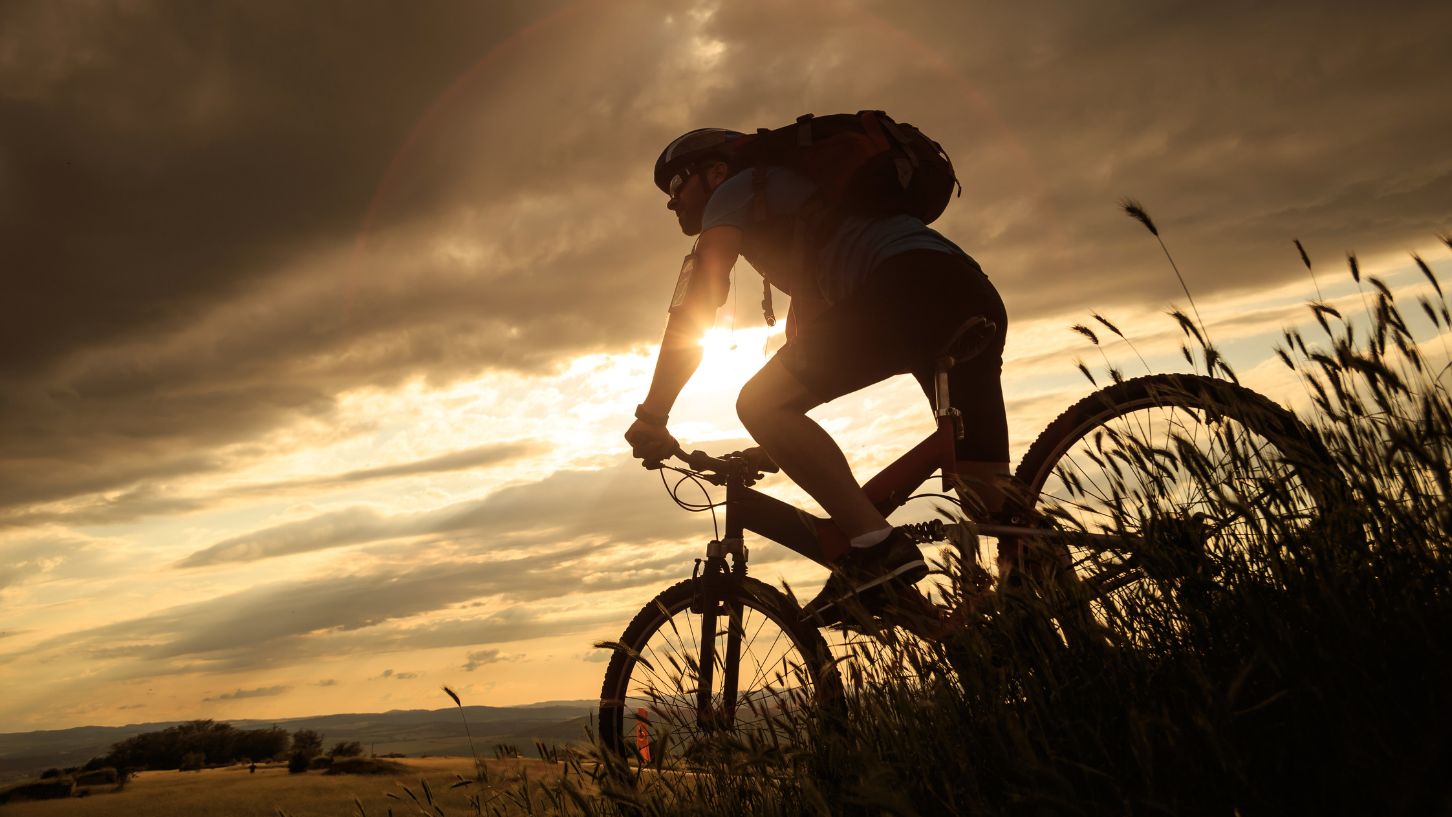
Bike Setup
Setting your bike up properly is the first thing to cover off. If you have air shocks fitted to your bike, make sure they're inflated to the right level for your weight. Consult your owner's manual for the inflation levels for your specific bike. It's also vital you get your seat height sorted. Setting your seat height correctly prevents overuse injuries like lower back and knee pain. For general riding and going uphill, your seat is at the right height if your knee is slightly bent when the pedal it's on is closest to the ground. For downhill sections, it's a good idea to lower your seat a few centimetres. This helps improve your overall balance, which leads to better control of your bike.
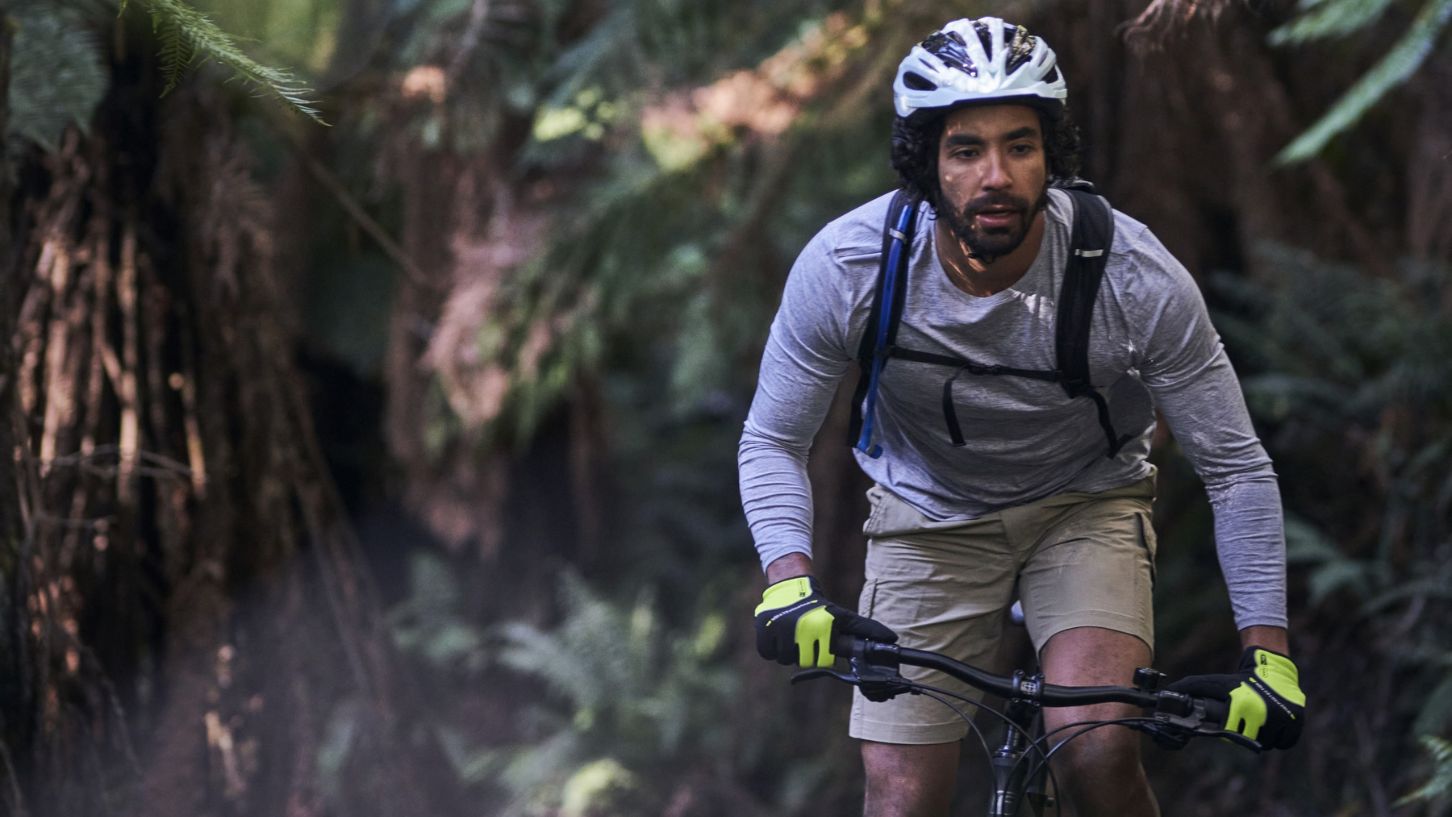
Riding Positions
It's important you keep your arms, shoulders and knees loose and relaxed when riding. A relaxed body makes it easier to control your bike, absorb obstacles and ensure a smooth downhill ride. There are two positions you should familiarise yourself with the neutral position and the ready position. In the neutral position, the pedals are evenly weighted (your pedals at what would be three and nine o'clock on a clockface), there is a slight bend in your knees and elbows, and one or two fingers are on the brake levers, you should always be looking five to 10 metres ahead. This makes it easier to assess oncoming hazards and choose the best riding line for negotiating them. The ready position is the best way to negotiate steep or challenging parts of the track. Keep your pedals evenly weighted, maintain a deep bend in your knees and elbows so you're almost in a crouching position, place your weight more towards the rear of your bike, and have one or two fingers ready on both brake levers. Just like the neutral position, train your vision to about five to 10 metres ahead so you can plot your riding line.
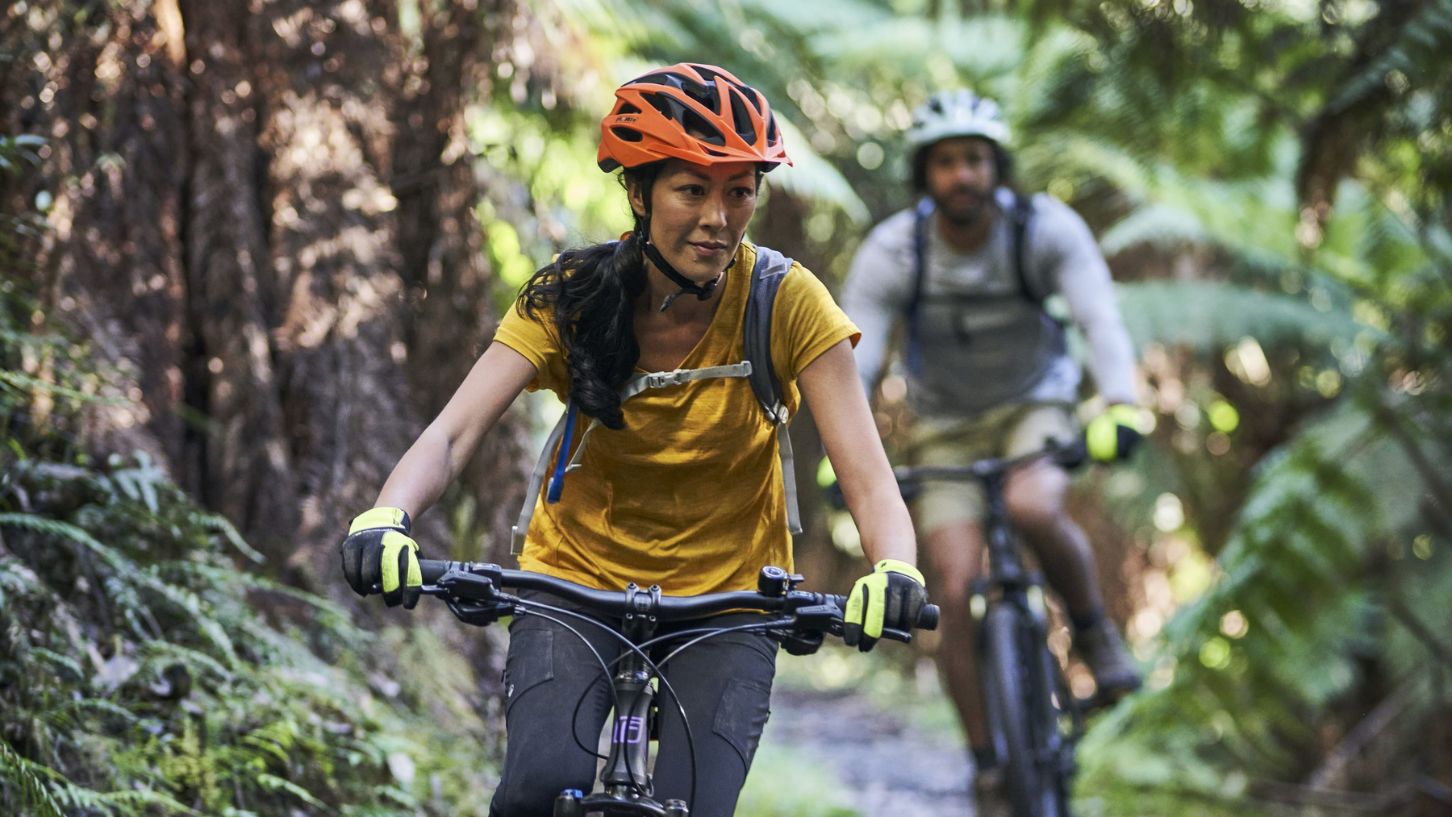
Braking
It's important to master the art of braking as an MTB newbie. It might sound counterintuitive but, when it comes to MTB riding, proper braking relies a lot on subtlety, rather than squeezing your brake lever and holding on for grim death. This is because MTBs are fitted with pretty strong brakes. Even while you're learning how to ride, simply trimming your speed by tiny amounts on downhill sections will be enough to help you stay in control of your bike - and remain upright! In terms of braking technique, most expert riders recommend that as you approach a bend or turn, brake slightly before you enter the corner and let your momentum carry you through. As well as controlling your balance, it also enables you to exit the turn with more speed.
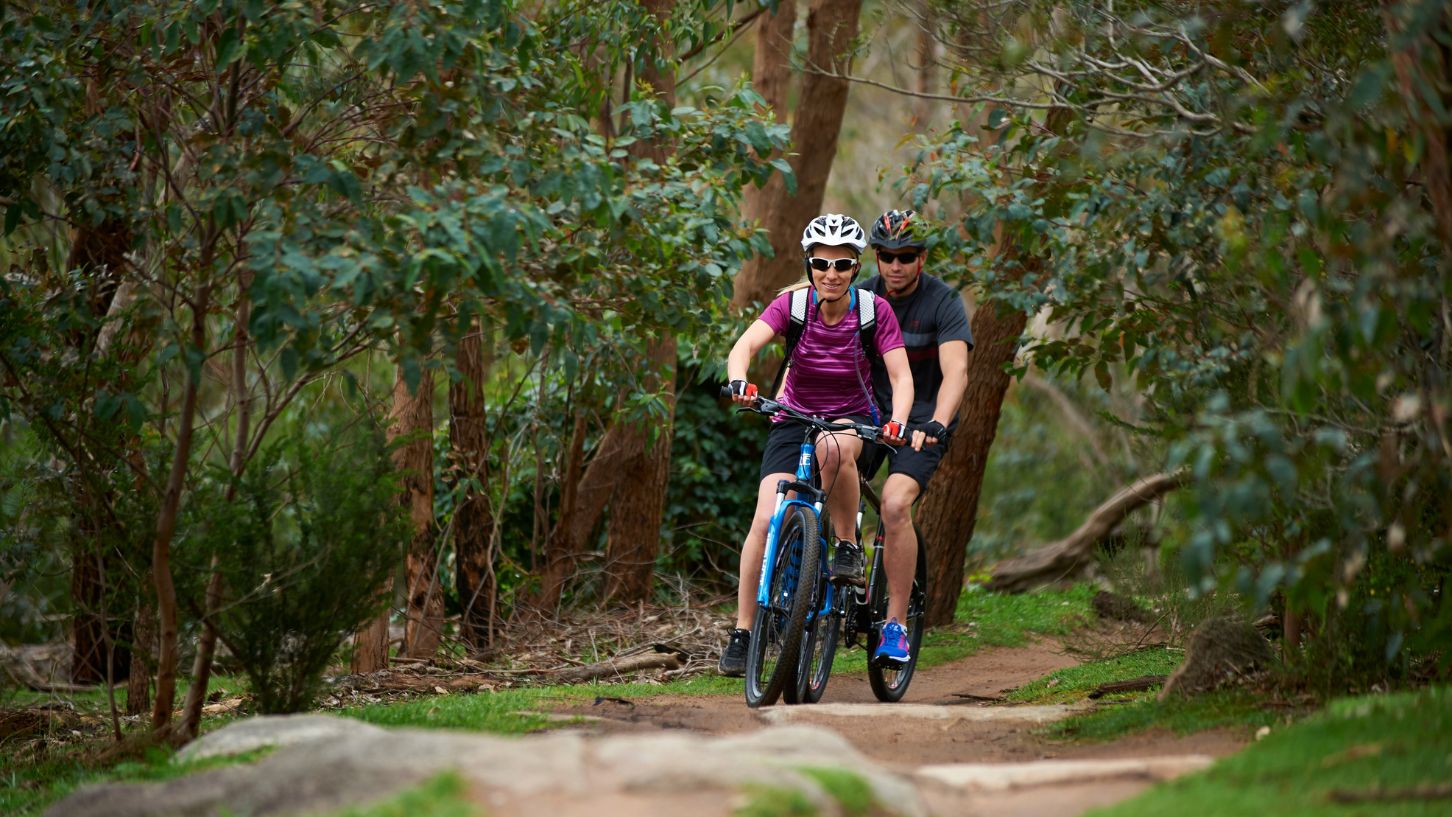
Gears & Gear Shifts
Part of becoming a proficient MTB bike rider involves using your energy more efficiently. Part of being an energy-efficient rider is using your bike's gears to shift up and down to the right gear at the right time so as not to waste energy. As a beginner, it's important to practise gear-shifting regularly. This helps you develop muscle memory (so you don't have to 'think' about where your gear shift lever is, or which gear to choose when the pressure's on). It also helps you become familiar with your bike's gear ratios so you're not working harder on the pedals than you need to during climbs. "One of the biggest mountain biking tips for beginners is to shift early and shift often," says Becky Timbers, a.k.a Two Wheeled Wanderer. "If you see a climb coming up, downshift just before the incline starts. You don't want to shift during the climb because that can crunch the drivetrain and maybe even result in a dropped chain, or worse, a broken derailleur. If you shift just before the climb starts, you'll have a much easier and more pleasant pedal to the top." "The same is true on descents," she concludes. "Shift into a harder gear so that your legs aren't spinning a mile a minute when you get to the bottom of the hill.
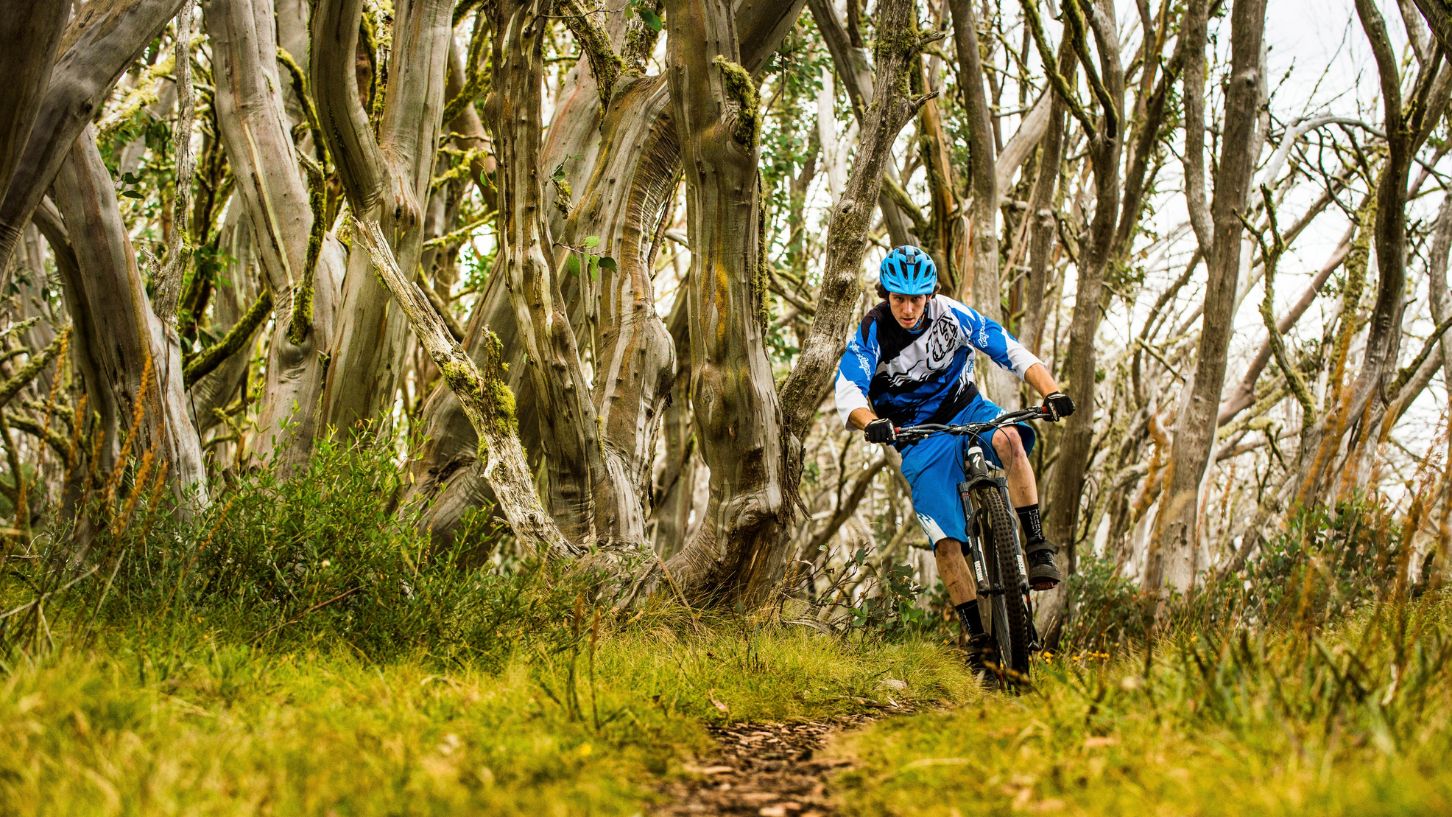
Get All Your Mountain Bike Needs Covered At Anaconda Today
Whether you're looking to get your adrenaline pumping by racing friends and family up and down challenging terrain, or you're just looking for a fitness-friendly way to explore some truly unique remote camping sites, familiarising yourself with the finer points of MTB technique and control will make sure you enjoy the best possible outdoor adventure experience. Make sure you check out our Adventure Centre for more helpful tips and exciting destinations that you can visit with your friends, loved ones and family. If you liked our Tips For Beginner Mountain Biking article, then you might also like some of our other articles for awesome destinations and tips such as:
- Cycling Essentials Buying Guide
- Bikes Buying Guide
- Best Bike Paths In & Around Brisbane
- Melbourne's Top 10 Bike Trails for your Next Weekend Ride
Find your local Anaconda store and check out our extensive cycling range for your next outdoor adventure